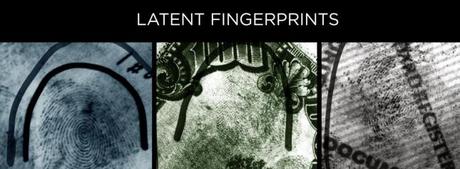
Each person possesses their own unique fingerprint pattern. No two prints have ever been found to be the same. This includes identical twins, who have the same DNA profile but different fingerprints. Not sure why this is, but it is. This means fingerprints are the perfect tool for identification and comparison.
But fingerprint analysis has a problem. It is subjective, in that it depends on the skill and dedication of the examiner. Another important factor is the quality of the print obtained from a crime scene. Those done in the police station, where the suspect's prints are rolled in ink or obtained by a digital scanner, are clean and clear for the most part. Each of the ridges is easily visible and all of the nuances of prints are readily apparent. But at the crime scene, criminals refuse to cooperate in that way. They leave behind partial, smeared, and unclear prints that make analysis difficult. They also leave prints on surfaces that aren't the best for retaining latent prints.
This makes the examination process tedious, time-consuming, and difficult. But what if computer techniques could enhance an unclear or partial print to the point that it could be compared by the computer itself? This would narrow the choices and lighten the burden on examiners so they would have more time to focus on the details and make sure the print indeed matched or didn't.
A new technique for automating fingerprint analysis is under development. It's pretty cool and promises to be helpful.
